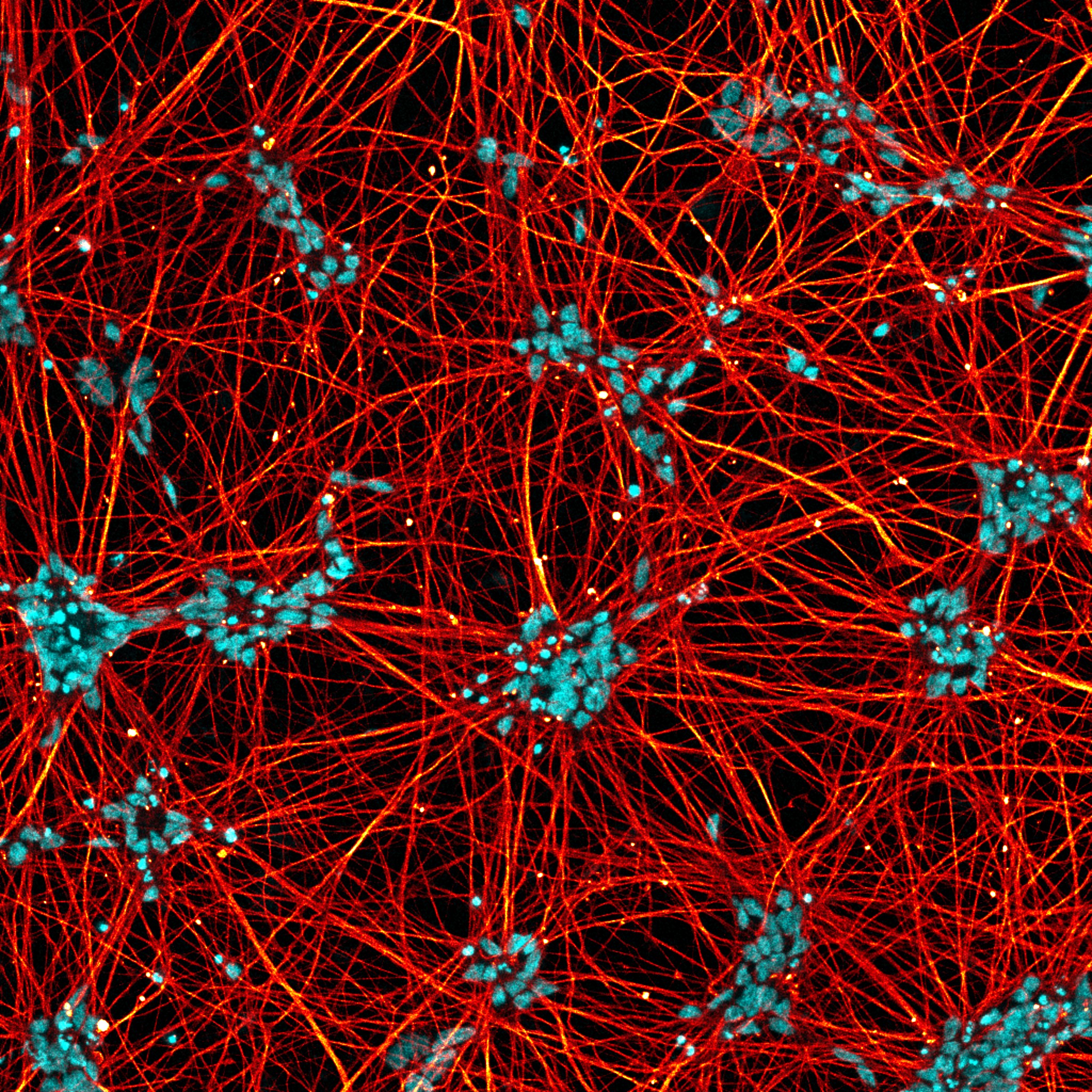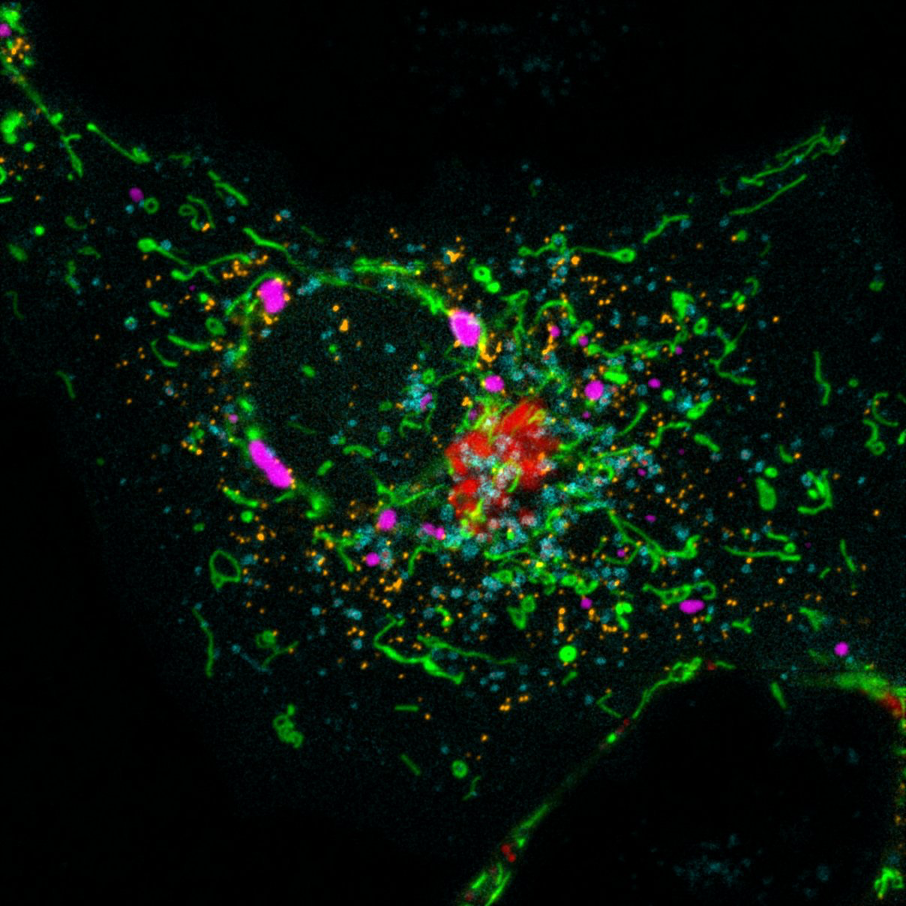Organelle interactions and dynamics in neurons
General Audience Summary
Understanding how neurons within the brain work together to produce movement, sensation, and cognition is one of the central challenges in scientific research. While much attention has been focused on how neurons communicate with one another, there is an equally important and lesser understood network of communication that happens within each individual neuron. This communication occurs between subcellular compartments (organelles) and plays a crucial role in enabling neurons to function and ultimately share information.
We, and others, have shown that disruption of these organellar communication pathways can lead to numerous neurological disorders, most notably neurodegenerative diseases such as Alzheimer’s, Parkinson’s and motor neuron disease.
Our lab is focussed on identifying the cellular machinery and mechanisms responsible for orchestrating communication between organelles. Our goal is to unravel how these factors enable neurons to function properly and understand what goes awry during neurodegenerative disease.
Strategic CIMR themes: Organelle Biology, Neurological Diseases. Membrane trafficking, Rare genetic diseases
Funding: Wellcome Trust
Research Group Members: Fiona Love (PDRA), Venkat Pisupati (PDRA), Priyanka Peres (Research Assistant), Charlie Seymour (PhD student), Helena Coyle (PhD student), Solene Thomas (MPhil student)





